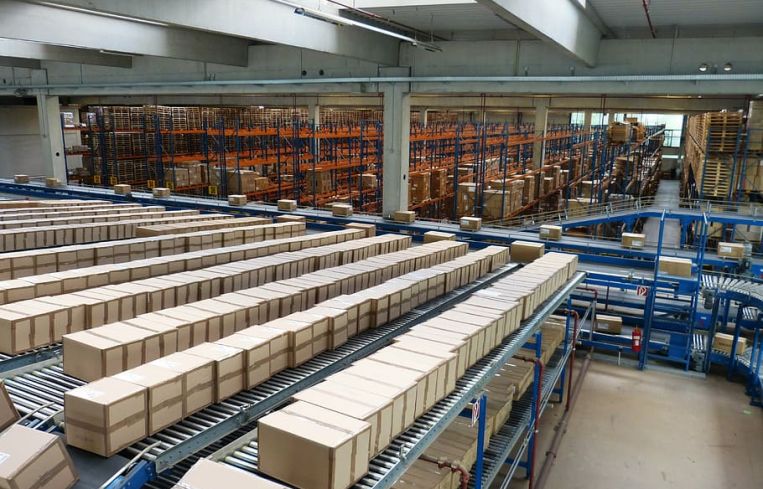Gift Returns Bring Annual Holiday Hangover for Logistics Industry
With $42 billion in goods expected to be returned this year, “reverse logistics” has become a top issue for the expanding e-commerce sector
By Greg Cornfield January 3, 2020 6:30 pm
reprints
For most consumers, returning unwanted gifts is an annoying part of each holiday season. But for warehouse operators, mass returns have become the biggest growing pain plaguing the booming industrial real estate market.
The process of receiving, processing and reassigning returned goods — known as “reverse logistics” — brings increasing stress each year as manufacturers and online retailers struggle to find solutions in a sector that’s showing no sign of slowing down. According to a report released this week by CBRE, 15 to 30 percent of all online orders are returned, compared to the return rate of 8 percent for merchandise purchased at brick-and-mortar locations.
“It has been a really big headache and an expensive issue for logistics and warehouse operators, and no one has really figured out any real solutions yet,” said Kurt Strasmann, executive managing director at CBRE’s Newport Beach office. “Manufacturers have to set significant square footage aside for returns in order to process and repackage them and then figure out what to do with them.”
National online sales for November and December were on pace to hit $138.5 billion, up 13.5 percent from last year. But approximately $42 billion are expected to be returned, which peaks on January 2, according to estimations by CBRE and Optoro, a technology company for retailers. That’s why distribution facilities handling returns need 15 to 20 percent more space than a traditional facility. Along with lost product, added processing times and liquidation recovery, returns can lead to $50 billion in annual lost profits for retailers, which is driven by the industry’s inefficiencies with handling returns.
“Returned merchandise has a massive impact on retailers’ bottom lines, so the industry is keenly focused on developing new ways to reduce returns and better process those that do come in,” said John Morris, CBRE’s executive managing director and Americas industrial and logistics leader, in prepared remarks. “Much of that involves improvements at the point of sale. But a big part of it also entails efficiently processing returned merchandise, sometimes by establishing distribution capacity and procedures strictly for handling returns, and sometimes by outsourcing the process to third-party-logistics companies.”
Since it has become standard practice to waive the shipping costs on returned merchandise, the challenges are mounting for different manufacturers, as certain goods depreciate at different rates. For example, fashion apparel can lose 20 percent to 50 percent of its value over eight to 16 weeks, according to Optoro. Electronics lose just 4 to 8 percent of their value each month.
Since the volume and destination of returned goods are inconsistent, retailers struggle to figure out what to do with the rush of returned products. Companies decide between restocking the merchandise, selling it to discounters and resellers, donating it to charities, or destroying it.
“Many retailers and brands understand the impact that returns have on their bottom line and are looking for systems and technology to streamline and optimize the returns process,” said Joe Hsu, senior director of solutions at Optoro, in a press release.
Reverse logistics has led to third-party providers like Happy Returns which provides a service for customers to send back their online returns by dropping them off at a kiosk. Many retailers outsource their returns management to third-party logistics (3PL) providers to free up space for forward logistics. This has created opportunity for the 3PL industry, which has grown in terms of square footage by approximately 31 percent nationally since 2015.
But all the added shipping, required space and additional resources will remain an expensive problem of the e-commerce world, Strasmann told Commercial Observer.
“This problem isn’t going away,” he said.



